SLA vs FDM: A Detailed Comparison of Online 3D Printing Prototype Technologies
Introduction
3D printing has revolutionized product design and prototyping by enabling the rapid creation of physical models directly from digital data. Two of the most popular online 3D printing technologies used for prototyping are stereolithography (SLA) and fused deposition modeling (FDM). Both offer advantages but also have key differences that impact part quality, speed, cost, and applications.
This article provides a detailed feature-by-feature comparison of SLA vs FDM to help you select the right online 3D printing method for your specific prototyping needs. We’ll cover the technology, materials, print speed, and volume, build size, print precision and quality, applications, and costs. Let’s dive in!
What Is SLA?
SLA or stereolithography was the first commercial 3D printing technology introduced in 1987 by 3D Systems. It works by using an ultraviolet (UV) laser to selectively cure and solidify photosensitive liquid resin layer-by-layer until the part is complete.
Each layer is traced out by the laser on the surface of the liquid resin vat and adheres to the layer below. Once a layer is finished tracing, the build platform lifts slightly to allow resin to flow under and prepares for the next layer. This process repeats until the full 3D object is formed.
SLA requires specialized resins that solidify under UV light. It produces extremely high detail and smooth surface finish ideal for visual models and functional prototypes needed for concept modeling, design verification, and user testing.
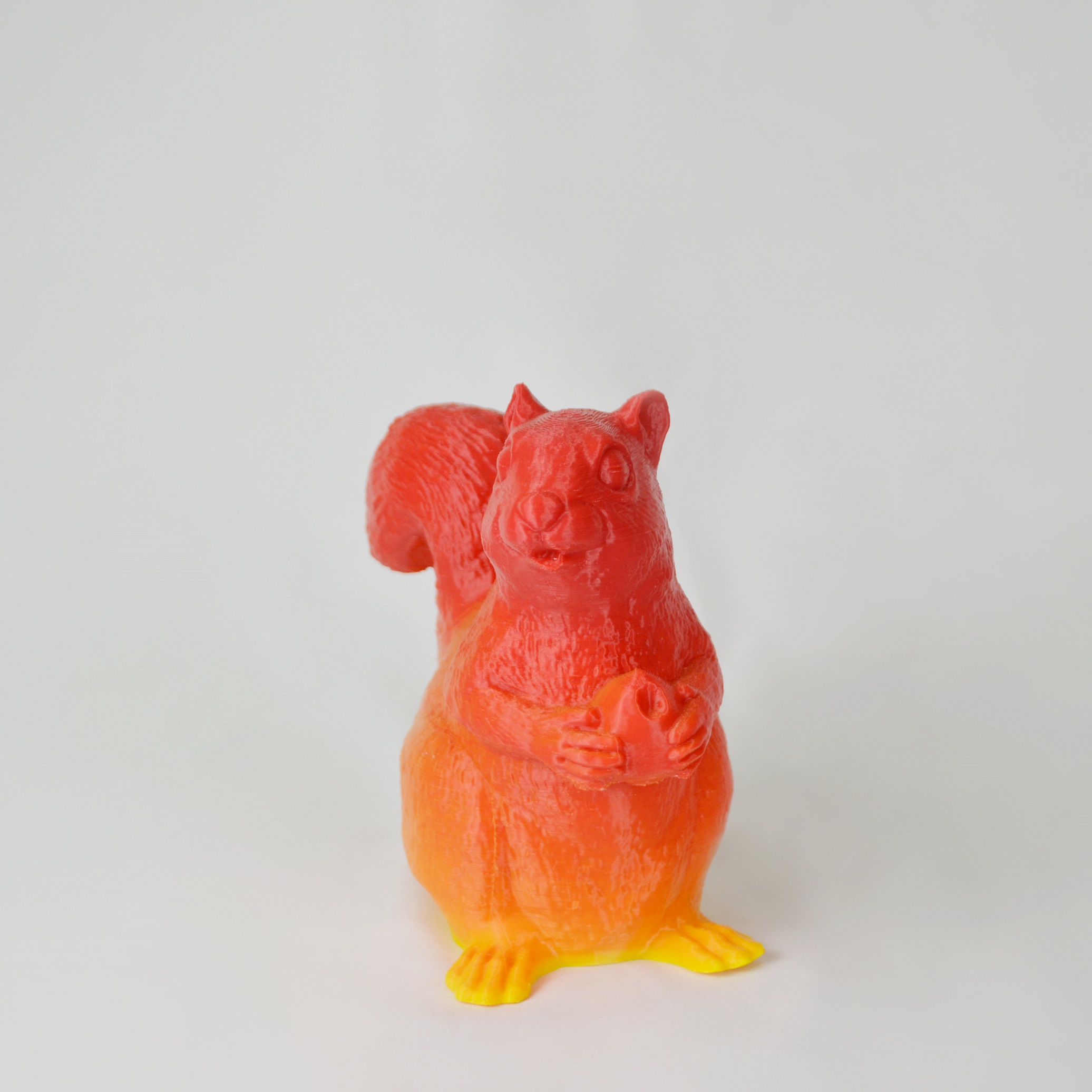
What Is FDM?
FDM or fused deposition modeling, also known as FFF (fused filament fabrication), was invented in the late 1980s and also commercialized by 3D Systems.
Unlike SLA, FDM builds objects layer-by-layer from the bottom up by heating and extruding thermoplastic filament through a nozzle onto a build platform. The filament hardens immediately after extrusion and bonds to the layer below.
Once a layer is finished, the build platform lowers slightly and the next layer is traced right on top. FDM prints are strong, durable, and affordable using production-grade thermoplastics. This makes FDM ideal for conceptual models, functional prototypes, and end-use parts.

Pros and Cons of SLA vs. FDM
SLA offers exceptional accuracy and surface quality ideal for concept models, but it has limitations for engineering-grade materials and build size. FDM provides strong production thermoplastics and large-scale printing, though the print definition is lower.
SLA Advantages:
- Unmatched Precision and Detail: The SLA process can produce extremely intricate details down to 25-50 microns layer resolution. This enables reproducing fine features and complex geometries not possible with other technologies.
- Smooth Surfaces: SLA cures liquid resin into solid plastic layer-by-layer. This yields extremely smooth surface finishes without visible layer lines or the stairstep effect. The final parts have a smooth, almost production-like appearance straight off the print bed.
- Visual Appeal for Concept Models: The combination of fine details and smooth surfaces makes SLA ideal for highly attractive visual concept and display models needed for design evaluation and communication.
- Material Versatility: SLA resins range from rigid to flexible with options for standard plastics, castable, durable, heat resistant, and biocompatible materials. This allows for mimicking various target material properties.
SLA Disadvantages:
- Resin Handling: The liquid resins required for SLA require careful handling and safety precautions. Prints need to be cleaned and cured adding steps versus FDM. Resin can be messy requiring nitrile gloves and good ventilation.
- Limits on Build Size: While improving, most SLA printers top out around 5-7 liters of build volume, restricting models to 25cm cubes or less. This limits SLA for printing large prototypes or end-use components.
- No Engineering Thermoplastics: The photopolymers used in SLA cannot match the structural properties of industrial thermoplastics. This makes concept models less representative of final production materials.
FDM Benefits:
- Durable Engineering Materials: FDM uses industrial thermoplastics like ABS, nylon, PETG, and PC which have desirable mechanical properties. This enables functional prototypes closer to production plastics.
- Larger Print Volumes: Desktop FDM printers offer 15-20 liter build volumes, and industrial printers exceed 1 cubic meter. This enables printing large-scale prototypes, jigs, fixtures, or end-use parts in a single piece.
- Minimal Processing: FDM parts require no washing, curing, or support removal, unlike SLA prints. The only post-processing may be removing loose support material and sanding visible layers.
- Affordable Materials: Common filaments like ABS and PLA cost only $20-50 per kilogram. Plus, FDM wastes less raw material than SLA during printing resulting in lower part costs.
FDM Shortcomings:
- Layer Lines Visible: FDM’s extruded filament layers remain visible in the part’s surface texture. The “stairstep” effect requires sanding and finishing for a smooth appearance.
- Poorer Fine Feature Definition: Due to the 0.06-0.5mm extrusion resolution, small details, thin walls, and complex geometries often lack definition compared to SLA.
- Weaker Resins: While improving, most SLA resins still cannot match the strength-to-weight ratios of engineering thermoplastics used in FDM. This limits functional prototyping applications.
- Technology Comparison of SLA vs. FDM
Material Comparison of SLA vs. FDM
SLA uses liquid photopolymer resins that cure from a liquid to a solid when exposed to UV light. Resin properties can range from rigid to flexible with options including standard, castable, durable, heat resistant, and biocompatible materials.
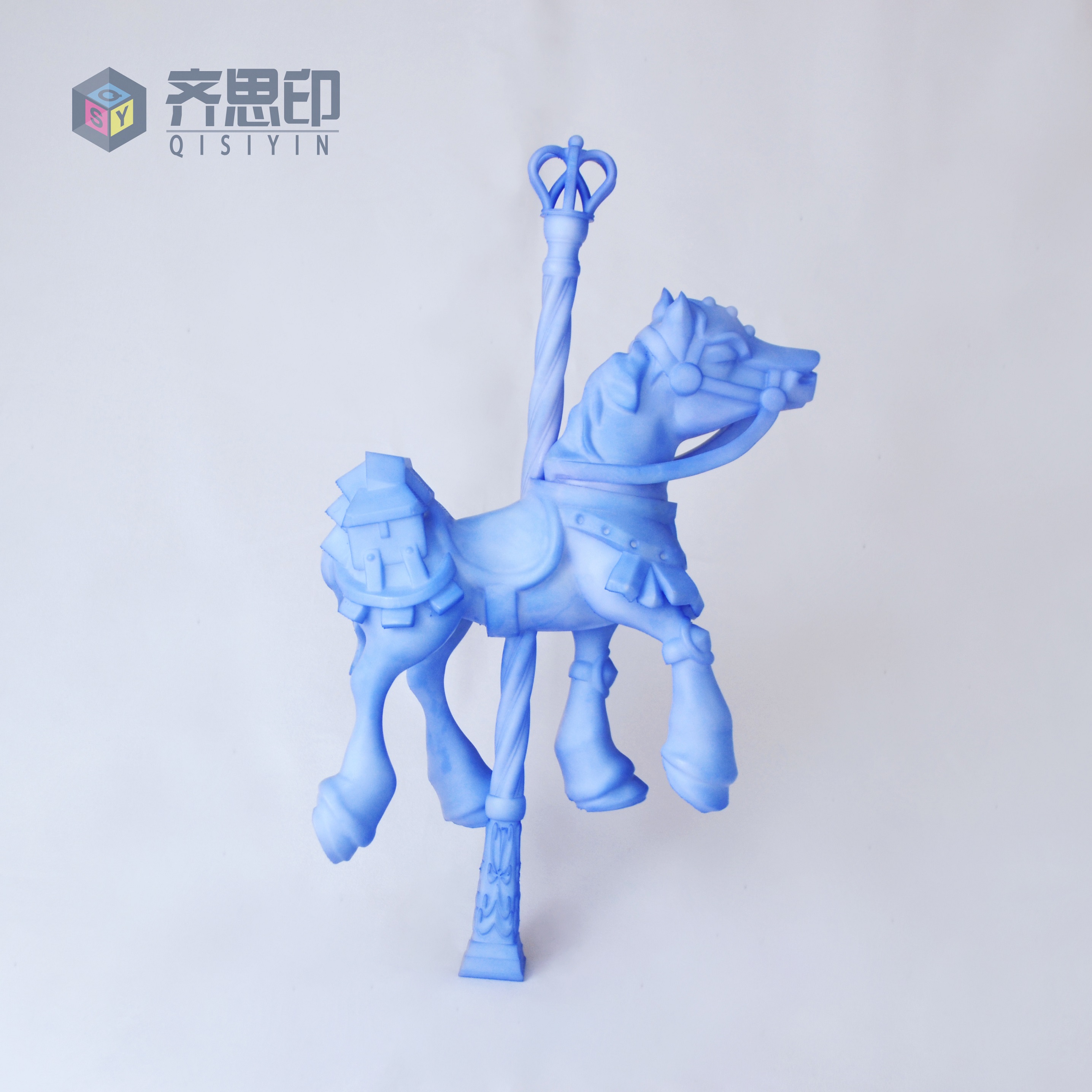
FDM uses solid thermoplastic filaments such as ABS, PLA, PETG, nylon, and more. These are engineering-grade plastics used for manufacturing that offer high strength and thermal resistance. A broad filament range allows the selection of optimal properties for each application.
While SLA resins produce smooth surface finishes, they cannot match the strength-to-weight ratios of FDM thermoplastics. Parts printed on FDM machines are tougher and more durable.
Print Speed Comparison of SLA vs. FDM
Print speed is an important consideration for getting prototypes turned around quickly. SLA printers generally offer faster print speeds than FDM.
For small detailed prints, SLA can run 50-100mm per hour or more. An entire high-resolution print can be finished in just a few hours.
FDM print speed is limited by the extrusion rate of the nozzle, typically around 30-150mm per hour depending on print settings, model geometry, and other factors. Larger layers and nozzles can improve FDM speed but sacrifice detail.
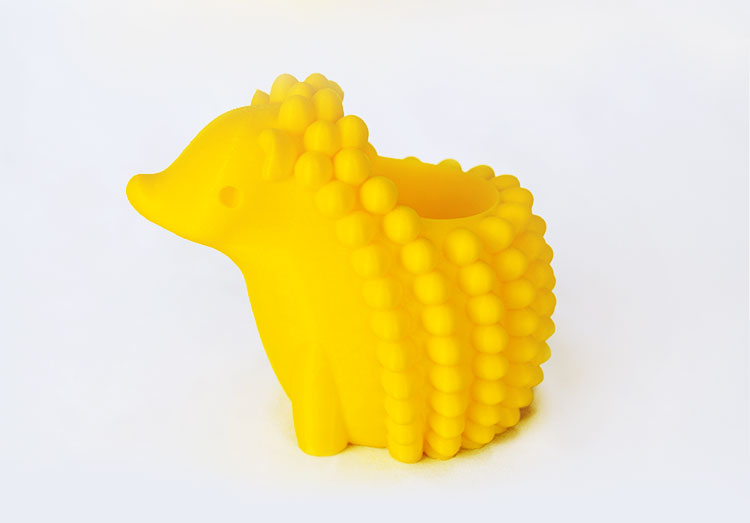
For prototyping, SLA’s faster print times allow for iterating models more quickly through design verification and testing. FDM can take 2-4x longer than SLA for printing fully dense small parts.
However, when printing large objects, the exponential growth of print time can cause SLA to lose any speed advantage. FDM maintains consistent print speeds regardless of size.
Print Volume Comparison of SLA vs. FDM
SLA has traditionally been limited to smaller build volumes than FDM, especially for affordable desktop models. This is starting to change with large-format SLA printers coming to market.
However, most desktop SLA 3D printers max out at around 7 liters of build volume, typically around 25 x 25 x 25 cm or less. They are well-suited for small detailed prints like jewelry, dental, and scale models.
In comparison, desktop FDM printers commonly offer 15-20 liter build volumes reaching upwards of 30 x 30 x 30 cm. Industrial FDM machines offer huge build envelopes over 1 cubic meter for printing very large objects. The open build area also avoids limiting geometries.
If you need to print large prototypes, tooling, or end-use components, FDM can handle much bigger build volumes than SLA.
Application Comparison of SLA vs. FDM
The strengths and weaknesses of each process make SLA and FDM suited for different applications.
SLA excels at:
- Highly detailed visual and display models with small features and smooth surfaces
- Jewelry, dental, medical, and scale modeling applications
- Small complex mechanisms and assemblies
- Master patterns for molding and casting
FDM excels at:
- Functional engineering prototypes made from production plastics
- Composite tooling and manufacturing aids like jigs, guides, and fixtures
- End-use parts, housings, containers, enclosures, and mechanical components
- Large objects printed in segments
For visual prototypes needed quickly, SLA provides fast turnaround and intricate details in an affordable desktop package.
Engineers needing tough material properties and larger build sizes turn to FDM for industrial-grade thermoplastic prototypes or end-use parts.
SLA vs. FDM: Print Quality and Precision
When it comes to 3D print quality, SLA produces the best surface finish and most precise details of any desktop 3D printing process. The UV laser cures layers as small as 0.0025-0.05mm providing intricate resolutions.
FDM extrudes plastic in 0.06-0.5mm layers that become visible on the surface profile and limit small feature reproduction.
While FDM can achieve decent detail in the x-y plane, the z-axis resolution is far more limited. SLA can produce smooth curved geometries, undercuts, trenches, and fine details that FDM struggles with.
SLA vs. FDM Comparison: Cost
In terms of operational costs, FDM generally offers the most cost-effective printing based on material prices. SLA resin starts around $50-150/liter while FDM filament can be found for only $20-50/kg.
However, print time also factors into part costs. The faster print speeds of SLA compensate slightly for material costs making it still very economical for small detailed prints.
When printing large volumes, FDM becomes far more affordable. The consistent print speeds minimize run times and don’t escalate with size like SLA. Plus FDM material costs remain low for ABS, PLA, and other common filaments minimizing material waste.
SLA vs. FDM: Which Is Better?
With their inherent strengths and weaknesses, neither SLA nor FDM can be labeled as the single “best” 3D printing technology. Selecting the right process depends on weighing your specific application requirements.
For Visual Prototyping:
SLA is superior for highly detailed concept models with intricate features, fine text, and smooth curving geometries. The exceptional resolution and surface finish make SLA ideal for applications like medical devices, jewelry, dentistry, and automotive designs where visual appeal is vital.
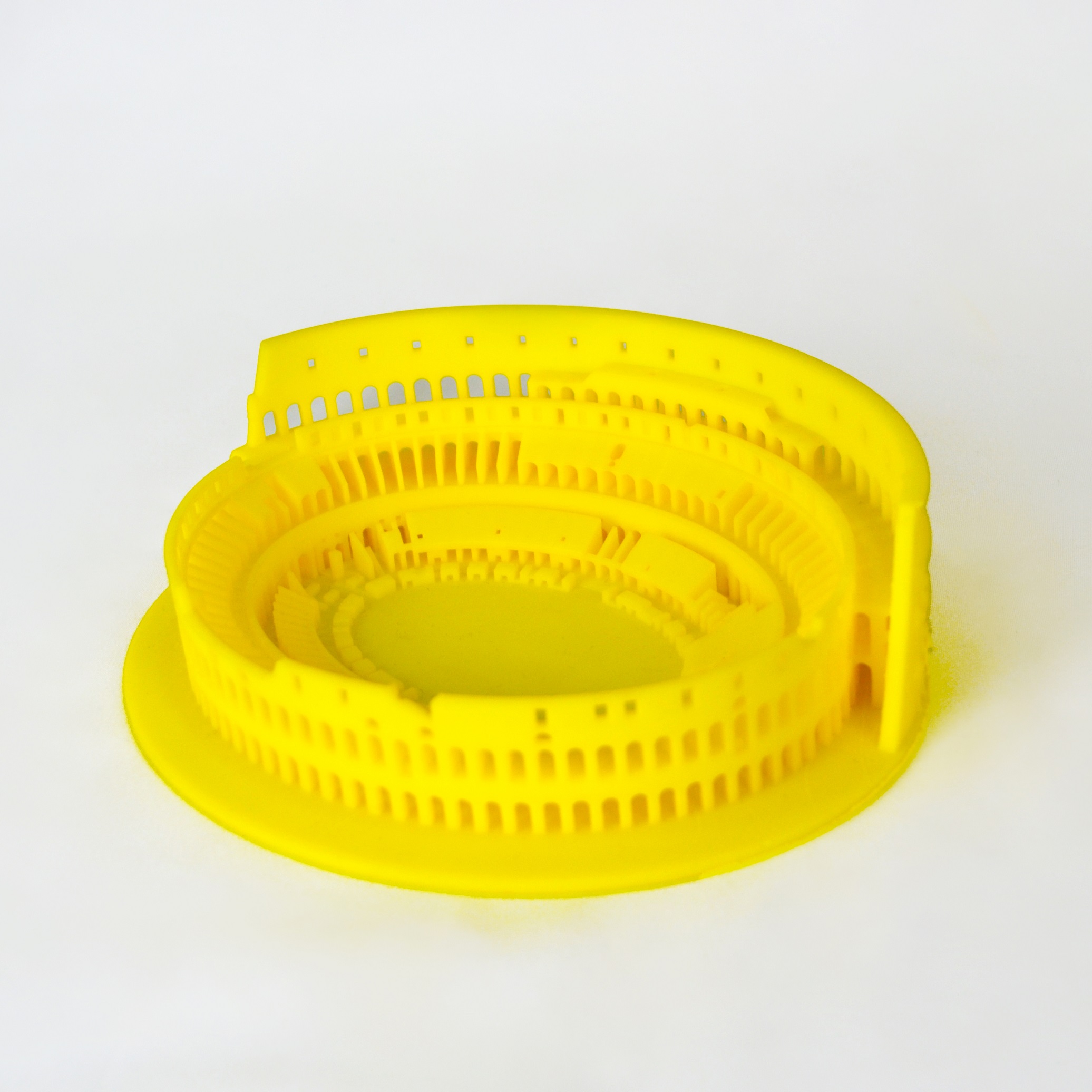
For Functional Prototyping:
FDM produces stronger, long-lasting prototypes from engineering thermoplastics. The durability and heat resistance enable functional testing under real-world conditions. FDM is preferred for validating design assemblies, ergonomics, field fits, and mechanical operations.
For Design Flexibility:
SLA supports frequent design iterations thanks to fast print speeds and quick turnaround times. Engineers can print multiple variations in a day to evaluate nuanced design changes. FDM in comparison works best when design validation is closer to completion.
For Affordable Scaling:
The large build volumes and low material costs of FDM make it the only practical option as parts increase in size. Printing a 30-inch prototype at SLA resolutions could cost thousands while FDM can produce it affordably at low hundreds.
Often a combination of SLA and FDM provides the right balance of quality, speed, strength, and scale. SLA can produce the intricate detailed components while FDM handles larger housings, assemblies, and support structures. Integrating both technologies provides greater flexibility and productivity.
The optimal technology depends on assessing print quality needs, material requirements, timelines, and budgets. With an understanding of their respective strengths, both SLA and FDM have evolved into accessible online services even for non-experts. Leveraging each technology’s advantages uniquely enables businesses to innovate better products faster through rapid prototyping.
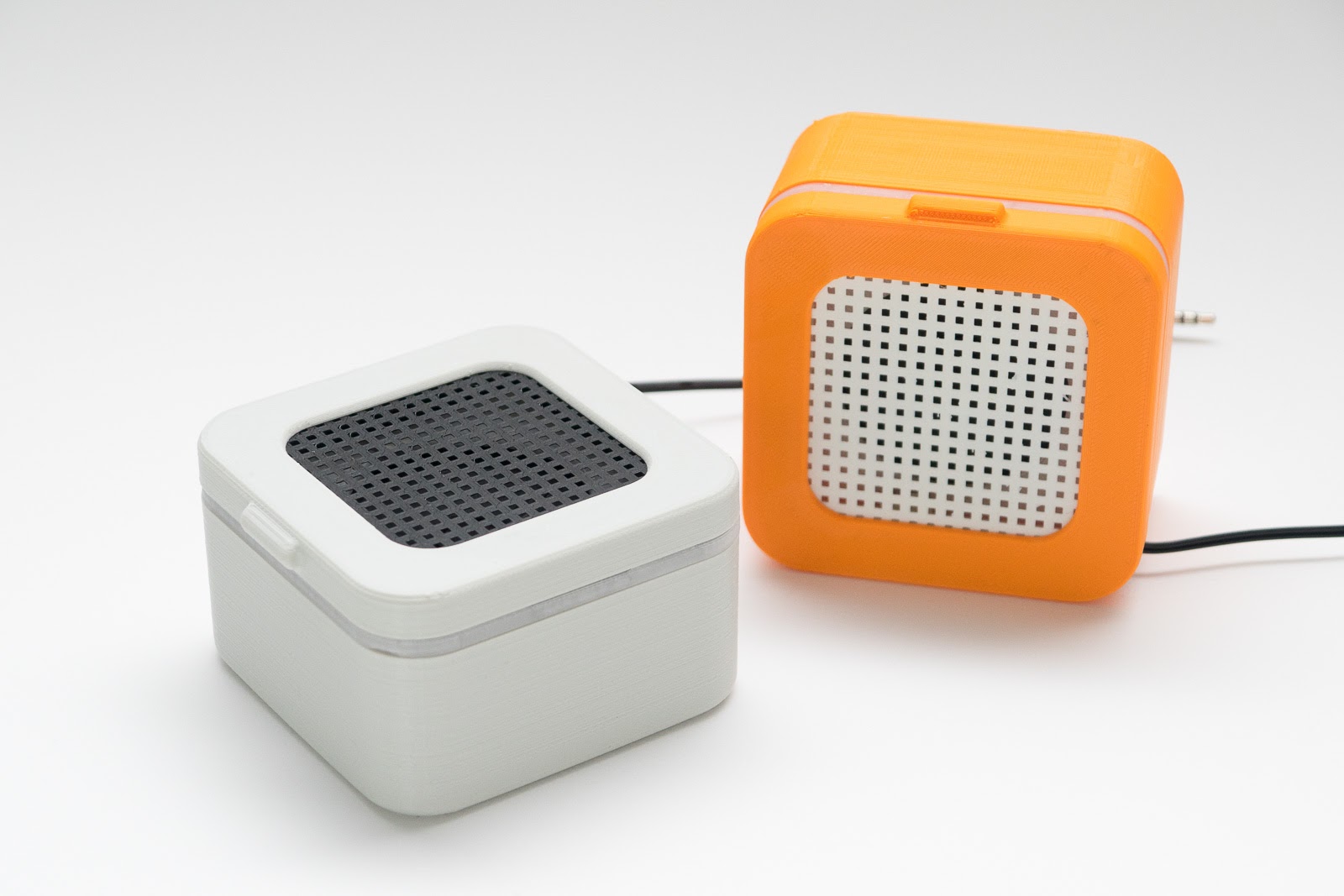
Conclusion
SLA and FDM offer two distinct approaches to online 3D printing, each with inherent technological advantages and tradeoffs. Key factors like print quality, speed, cost, build size, and material options can heavily influence which technology is right for your application needs.
SLA provides unparalleled surface finish and feature resolution making it the choice for detailed design verification models. FDM lets engineers test prototypes with the same industrial thermoplastics as final products and offers much larger build volumes.
By understanding the SLA vs FDM differences outlined here, you can determine which technology and online 3D printing service will best meet your specific prototyping requirements and propel product development. Leveraging the strengths of both methods together provides expanded capabilities to innovate better products faster.




